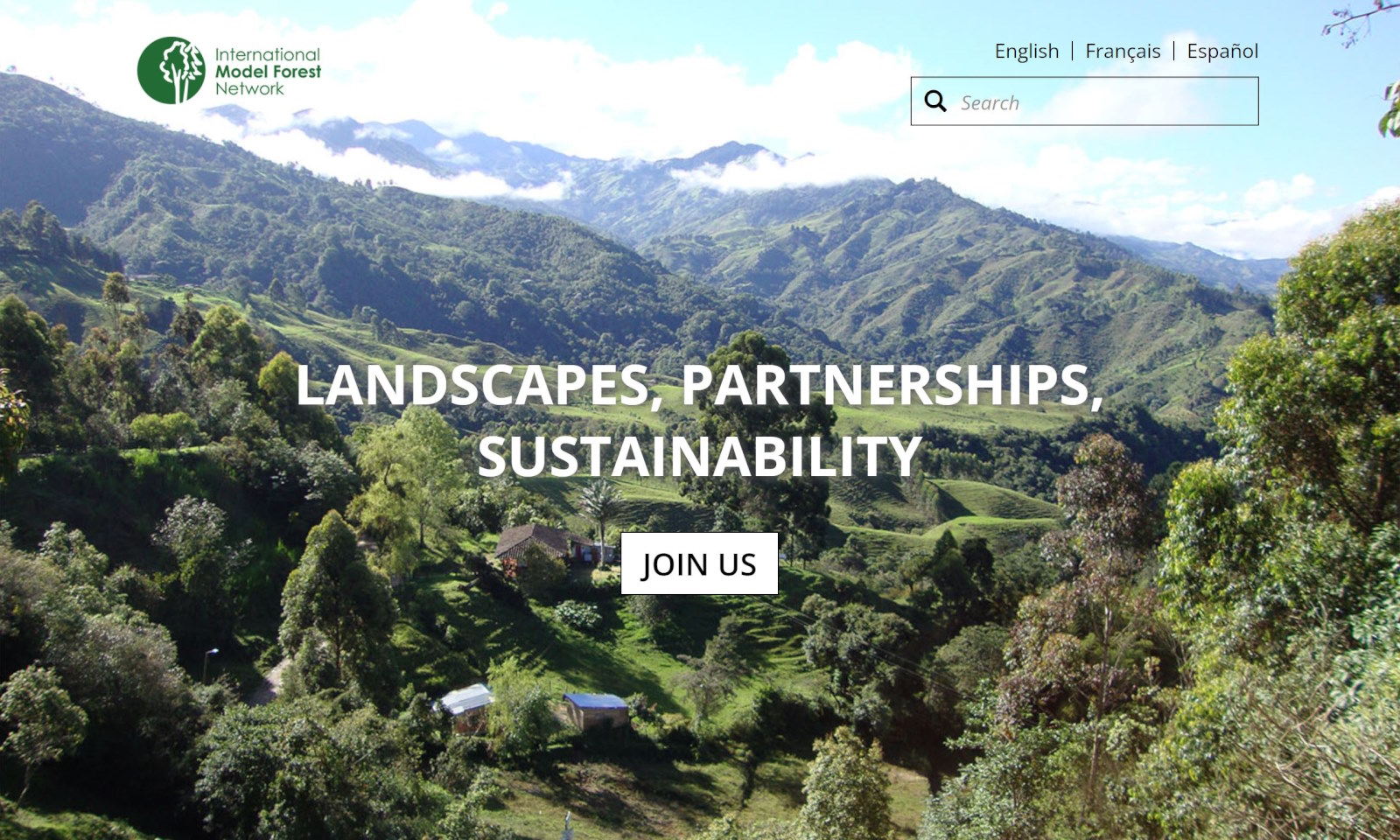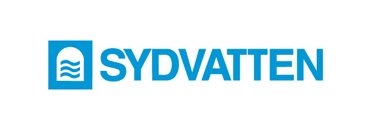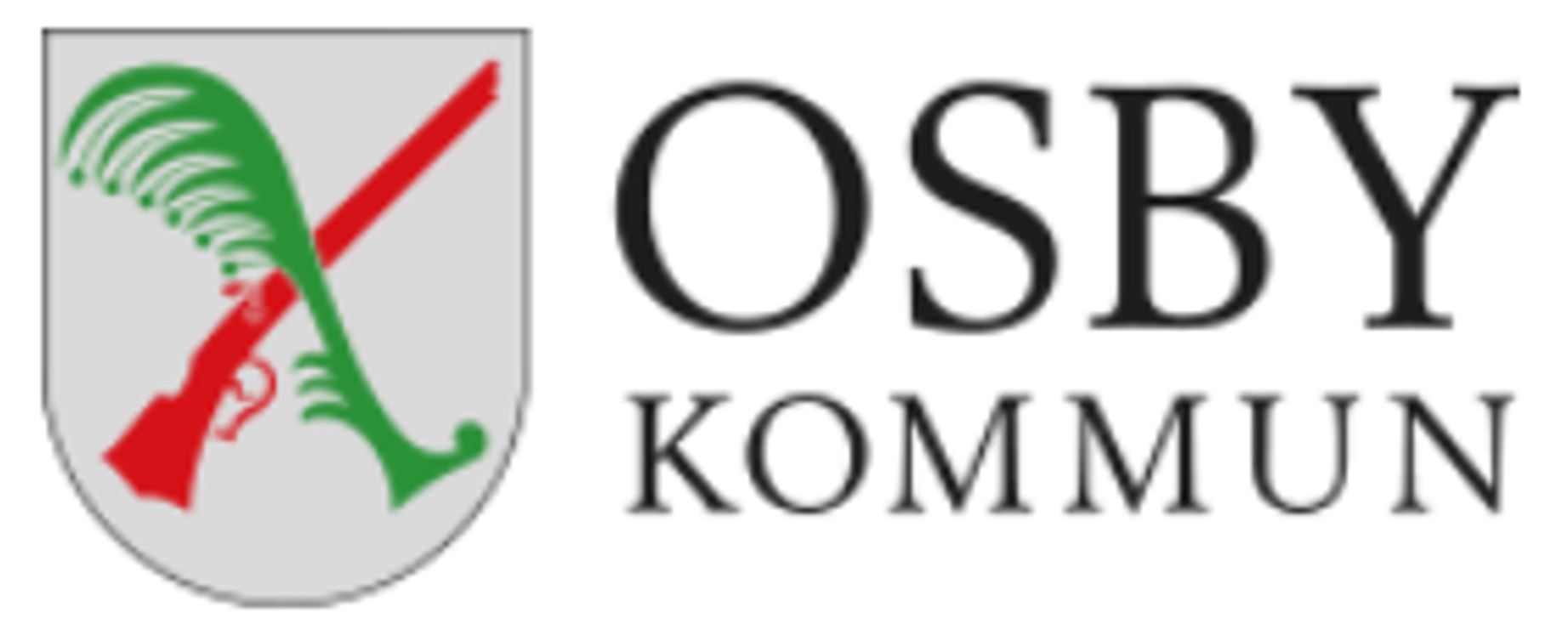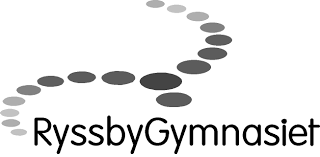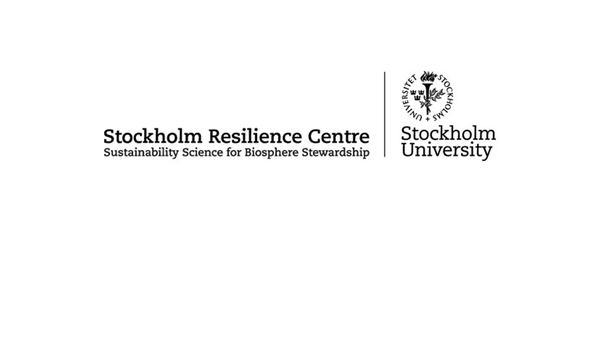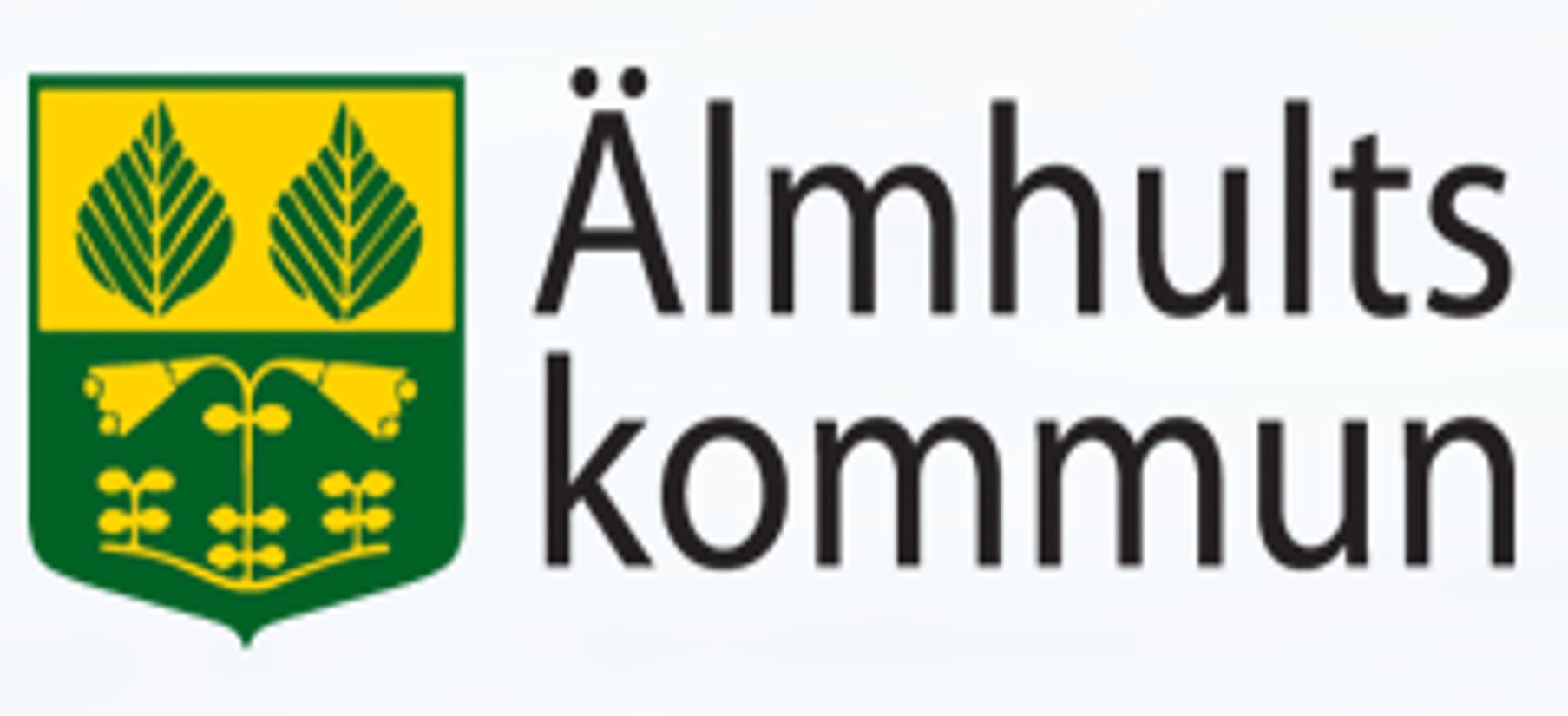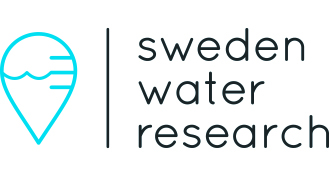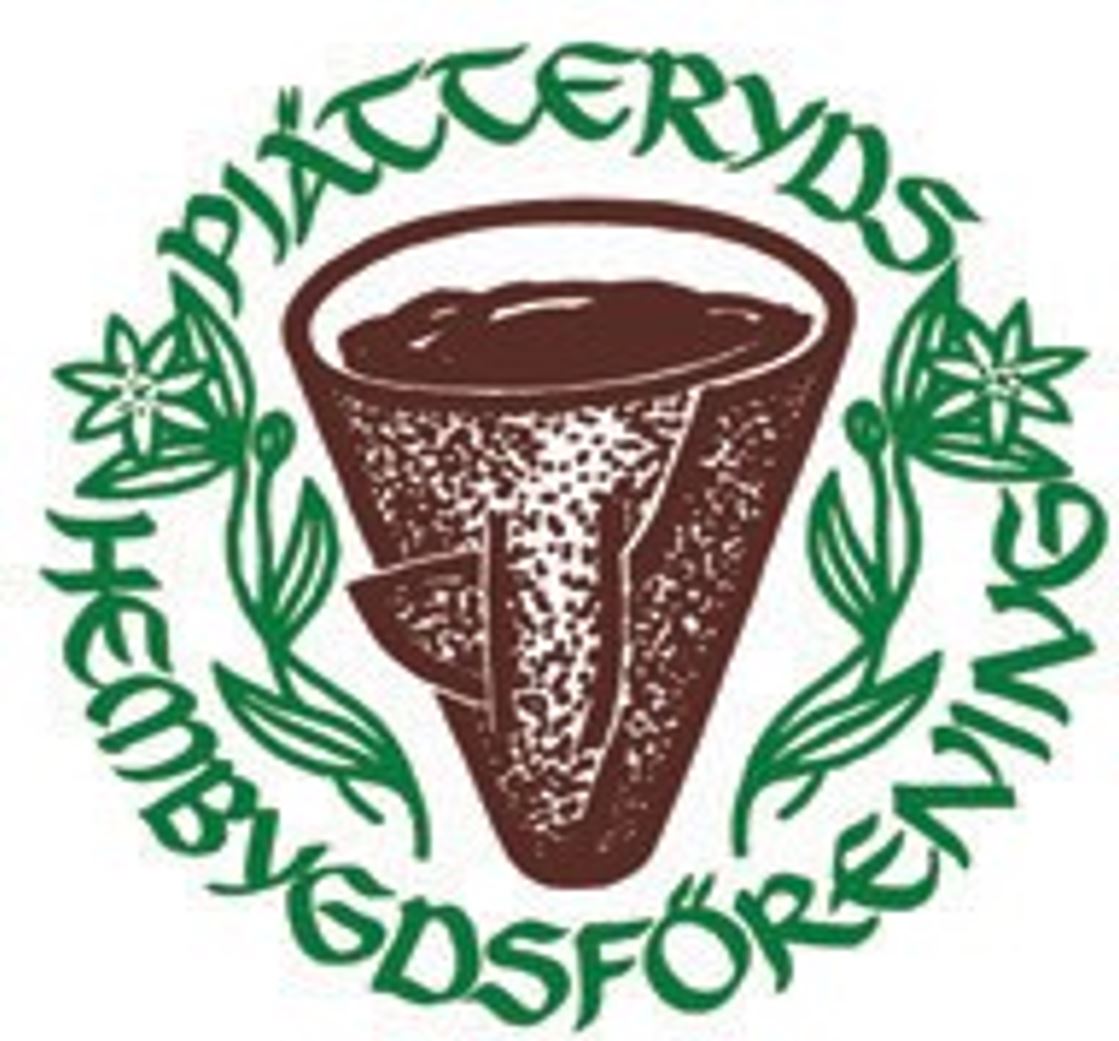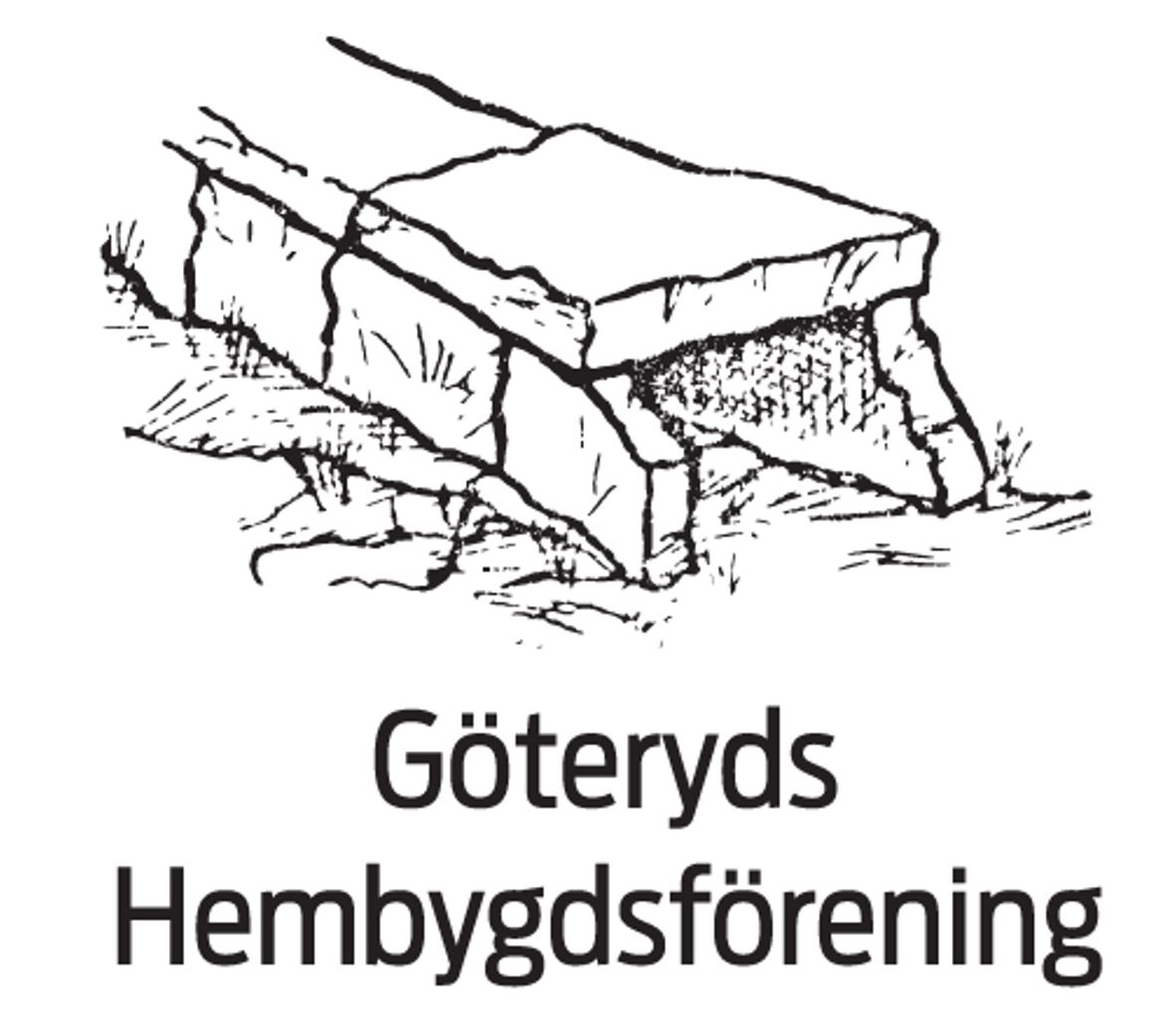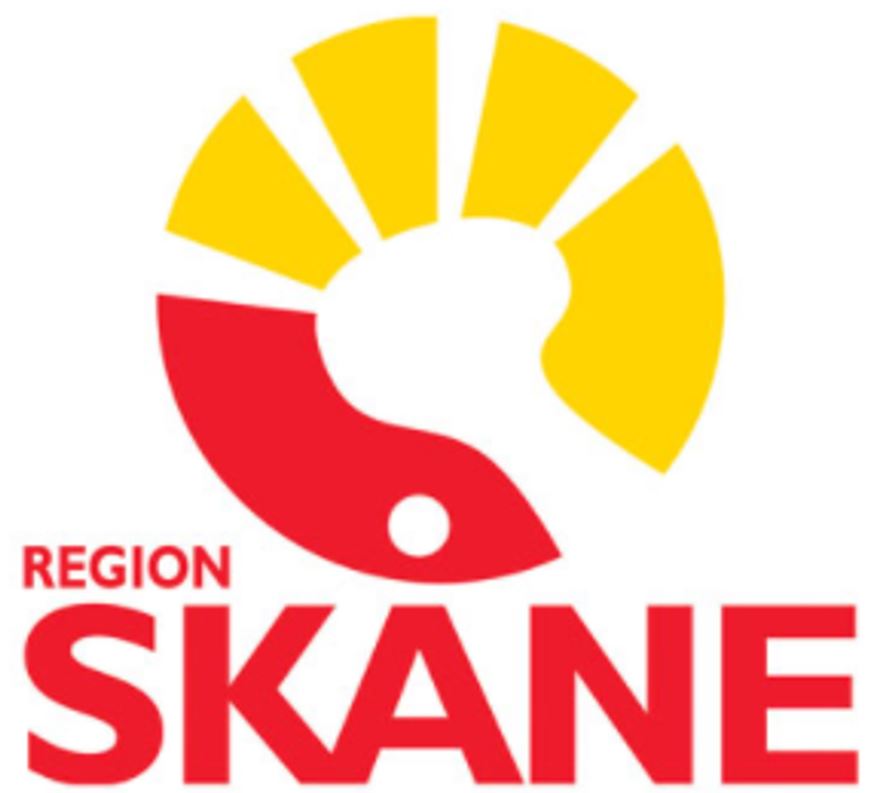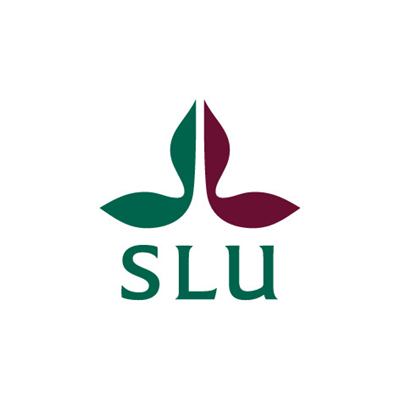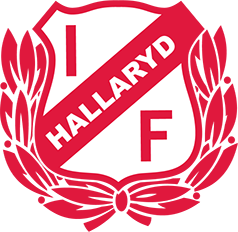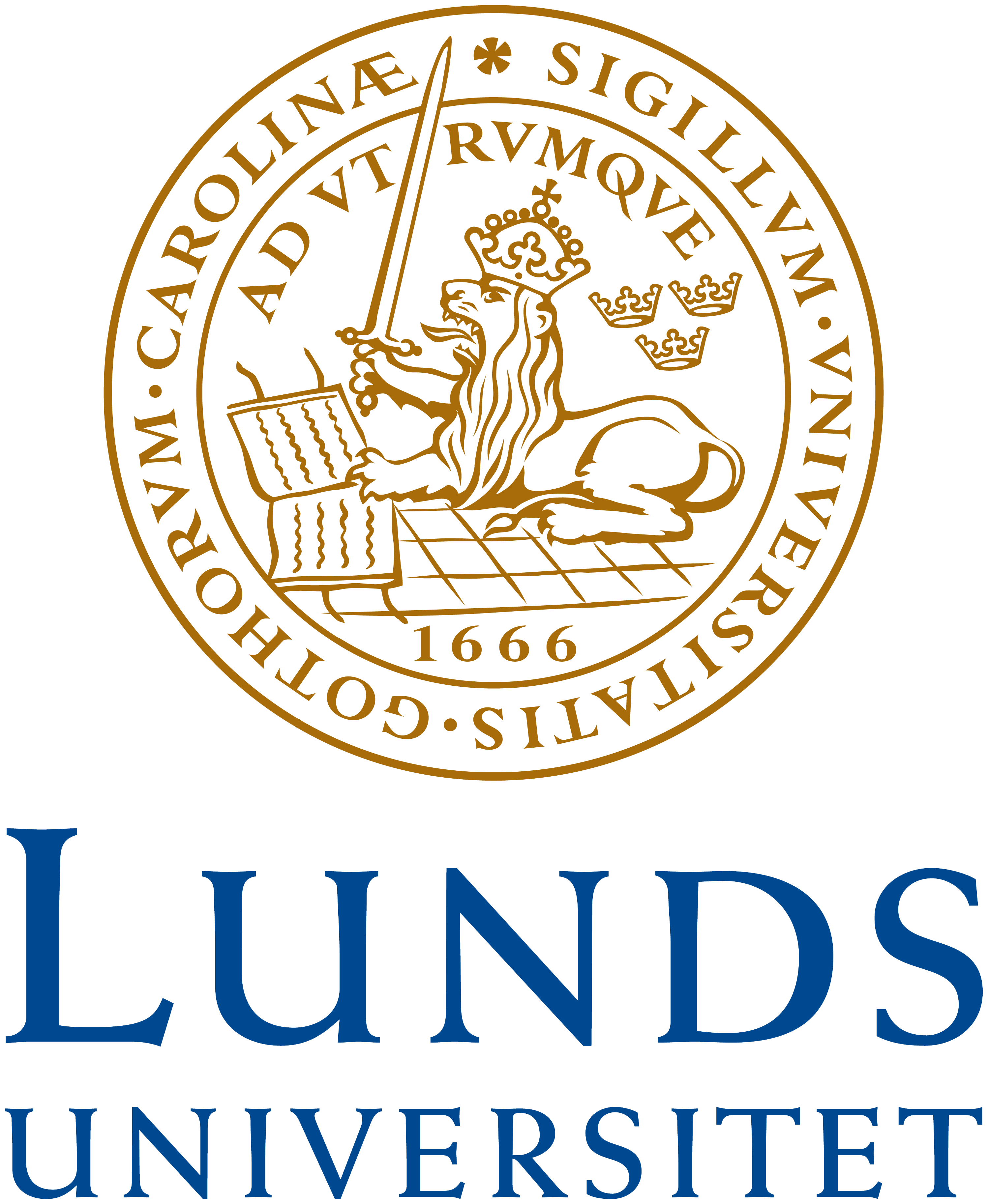Helge å Model Forest Connecting Waters, Forests, and Communities for a Sustainable Future
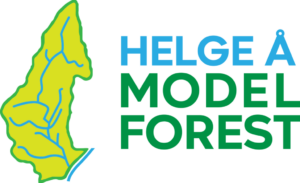
What are Model Forests?
Model Forests represent a global initiative aimed at promoting sustainable forest management and conservation practices. They are large, landscape-scale forests that serve as living laboratories for collaborative research, sustainable development, and stakeholder engagement. Model Forests bring together diverse groups, including forest landowners, environmental organizations, community members, government agencies, and academic institutions, to work on a common vision of sustainability.
In these ecosystems, stakeholders collaborate to balance social, economic, and environmental objectives. The focus is on practical, on-the-ground solutions to challenges such as biodiversity conservation, climate change, and sustainable livelihoods. Model Forests facilitate the sharing of knowledge and best practices, fostering innovation and adaptive management. Through their inclusive and participatory approach, Model Forests aim to create harmonious relationships between humans and their environment, ensuring that forests can be enjoyed by future generations while contributing to the present-day needs of communities.
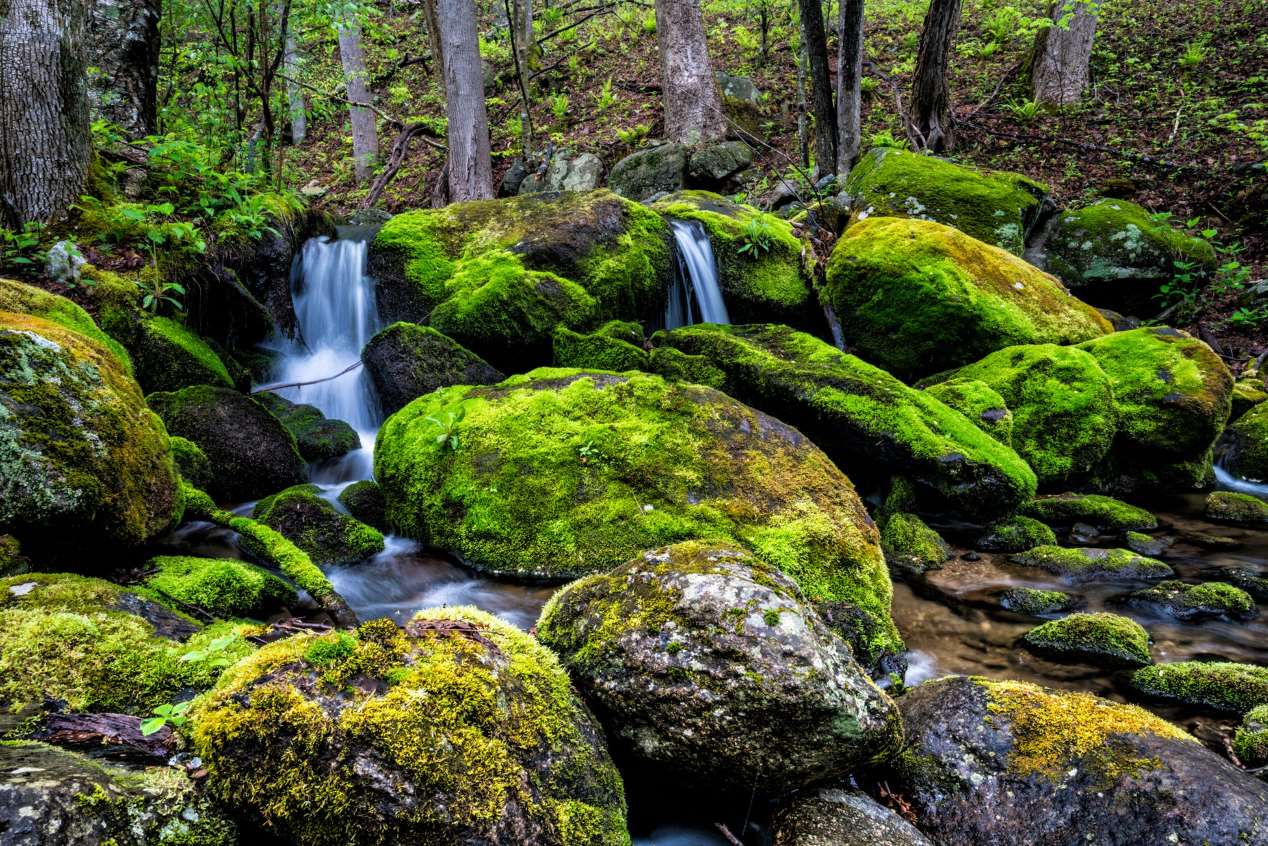
International Model Forest Network
The Helge å Model Forest is an esteemed member of the International Model Forest Network (IMFN), a global community committed to the sustainable management and conservation of forest landscapes. The IMFN stands as a testament to the power of collaboration, bringing together diverse stakeholders from over 30 countries to share knowledge, experiences, and best practices in forest stewardship.
As a part of this expansive network, the Helge å Model Forest embodies the principles of the IMFN, fostering an inclusive approach to landscape management that harmonizes ecological, social, and economic objectives. The network’s ethos of participatory governance, sustainable resource use, and integrated landscape management is mirrored in the Helge å Model Forest’s commitment to engaging local communities, landowners, researchers, and policymakers in a collective effort to nurture and protect the forest ecosystem.
Being a member of the IMFN provides the Helge å Model Forest with a unique platform for international collaboration and learning. It enables the exchange of innovative ideas and successful strategies with other model forests around the world, enriching the project’s approach to addressing local challenges such as water management, biodiversity conservation, and rural development.
The affiliation with the IMFN not only amplifies the impact of the Helge å Model Forest but also contributes to a larger global movement towards sustainable forest management. It underscores the project’s role in a worldwide endeavor to ensure that forests continue to thrive as vital ecosystems, supporting biodiversity, livelihoods, and the well-being of communities both locally and globally.
What is Helge å Model Forest?
Helge å Model Forest, located in the northeastern part of Skåne and southern Kronoberg in Sweden, is a unique ecosystem characterized by its diverse landscapes, from dense forests and extensive peatlands to open agricultural fields. As part of the International Model Forest Network, it serves as a platform for collaborative efforts aimed at sustainable forest and landscape management.
The initiative to create Helge å Model Forest stemmed from a collective desire to address environmental challenges such as water management, brownification, and habitat conservation. With its rich biodiversity and cultural heritage, the Helge å Model Forest embodies a commitment to sustainable practices that balance ecological integrity with human well-being and economic viability.
Stakeholders in the Helge å Model Forest include local communities, landowners, businesses, and governmental and non-governmental organizations. Together, they work towards common goals by sharing knowledge, fostering research, and implementing innovative practices that promote a sustainable and resilient landscape for all inhabitants.
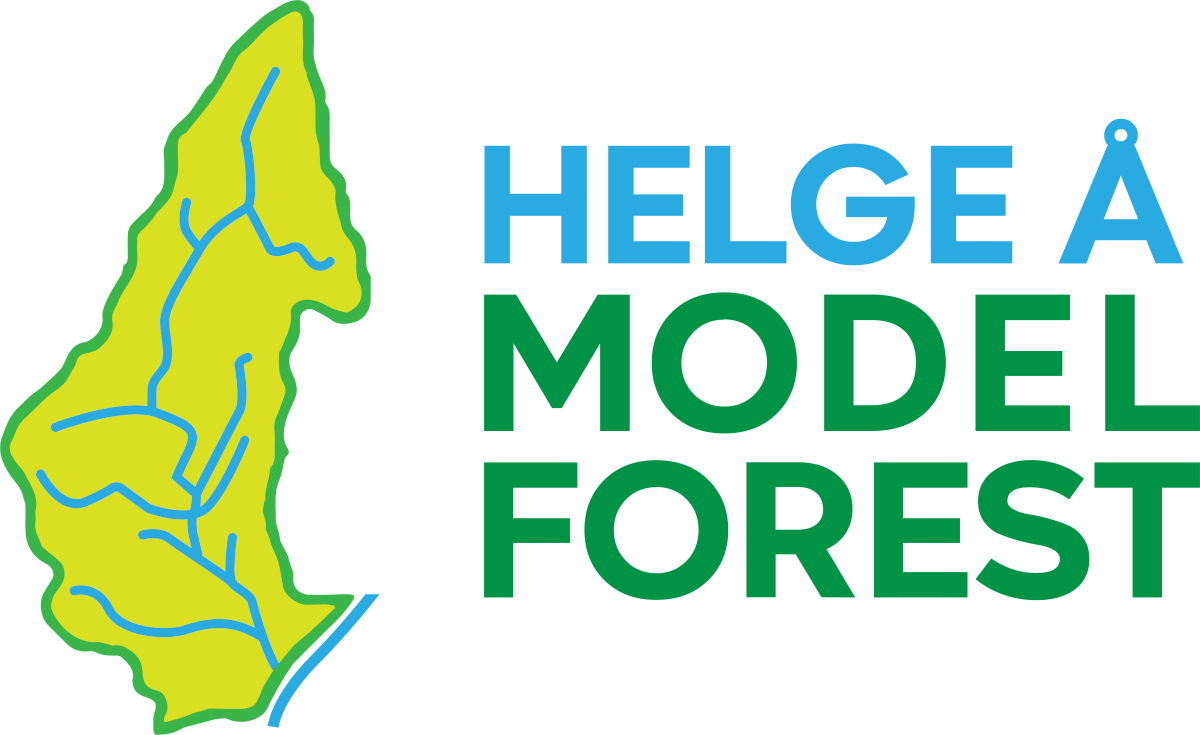
The Helge å Model Forest Project
Nestled in the verdant landscapes of northeastern Skåne and southern Kronoberg, the Helge å Model Forest Project stands as a testament to the power of collaborative stewardship and sustainable management of our precious forest resources. At the heart of this initiative is a vision to harmonize the ecological, social, and economic threads of the forest landscape, weaving them into a tapestry of resilience and vibrancy that supports both nature and communities.
The project embarks on this journey by fostering a participatory approach, inviting a diverse array of stakeholders to the table. From local landowners and conservationists to academic institutions and government bodies, each participant brings a unique perspective and expertise, enriching the collective endeavor to nurture and protect the forest and its watershed.
Key to the project’s ethos is the integration of sustainable practices that respect the intricate balance of the forest ecosystem. Through initiatives such as stream restoration, combatting water browning, and promoting rural development, the Helge å Model Forest Project seeks not only to address immediate environmental challenges but also to lay down the pathways for long-term sustainability and ecological integrity.
In the face of global environmental challenges, the project stands as a beacon of hope and innovation. It exemplifies how localized action, underpinned by community involvement and scientific research, can contribute to broader goals of environmental stewardship and sustainable development.
As we move forward, the Helge å Model Forest Project remains committed to expanding its network of collaborators, deepening its impact, and sharing its learnings far and wide. It is a call to action, an invitation to join hands in nurturing the forest for future generations, ensuring that this vital ecosystem continues to thrive as a source of life, livelihood, and inspiration.
What are the Project Goals?
The overarching goals of the International Model Forest Network are:
- Partnership – establish a neutral forum with voluntary participation of stakeholders.
- Landscape – a large area with a broad range of values, including cultural, economic and environmental concerns.
- Commitment to Sustainability – the conservation and sustainable management of natural resources of the landscape.
- Governance – transparent, participative and accountable.
- Activities – shall reflect the Model Forests vision and the stakeholders needs
- Knowledge Exchange, capacity building and networking – to get involved in the sustainable management of natural resources.
By achieving these goals, the Helge å Model Forest aims to become a model of sustainable landscape management that balances ecological integrity with the needs and aspirations of local communities and stakeholders.

Our Partners in Progress: Stakeholders and Collaborators
The strength of the Helge å Model Forest Project lies in its rich tapestry of stakeholders and collaborators, each contributing their unique expertise, resources, and passion towards a shared vision of sustainable forest management. This section is dedicated to acknowledging the diverse entities that make this project not just a possibility, but a thriving example of collaborative environmental stewardship.
Local Landowners and Community Groups: At the core of our initiative are the local landowners and community groups whose intimate connection with the land guides our efforts. Their invaluable insights and hands-on involvement in conservation activities ensure that our strategies are grounded in local knowledge and tailored to the unique needs of the area.
Academic Institutions: Our partnership with leading academic institutions brings cutting-edge research and innovative solutions to the forefront of our project. These institutions, including Kristianstad University and the Swedish University of Agricultural Sciences, contribute through scientific studies, student projects, and ongoing academic discourse on sustainable forestry practices.
Government Bodies: The support and collaboration with local and regional government bodies, including the Swedish Forest Agency and county boards of Kronoberg and Scania, provide essential regulatory guidance and access to resources. Their involvement ensures that our project aligns with national environmental goals and benefits from policy support.
Non-Governmental Organizations (NGOs): NGOs dedicated to environmental conservation and sustainable development are key allies, offering expertise in specific areas such as water management, biodiversity conservation, and community engagement. Their work amplifies our efforts and extends our reach into broader networks committed to ecological preservation.
Private Sector and Industry Partners: Engaging with the private sector, including forestry companies and local businesses, introduces sustainable economic models into the fabric of our project. These partners help balance ecological goals with economic viability, ensuring that conservation efforts also support local livelihoods.
International Networks: As a proud member of the International Model Forest Network, we are part of a global community of practice. This affiliation connects us with similar initiatives worldwide, allowing for the exchange of knowledge, experiences, and best practices in sustainable forest management.
Community at Large: Lastly, but most importantly, the broader community of residents, enthusiasts, and volunteers who participate in our activities, contribute their time, and champion our cause are the backbone of the Helge å Model Forest Project. Their commitment inspires our work and reminds us of the collective responsibility we share in preserving our natural heritage.
Through this collaborative effort, the Helge å Model Forest Project not only addresses the immediate needs of our local environment but also contributes to the global dialogue on sustainable forest management. Our partners and collaborators are the keystones of our success, and we move forward with gratitude and a shared commitment to a greener, more sustainable future.
